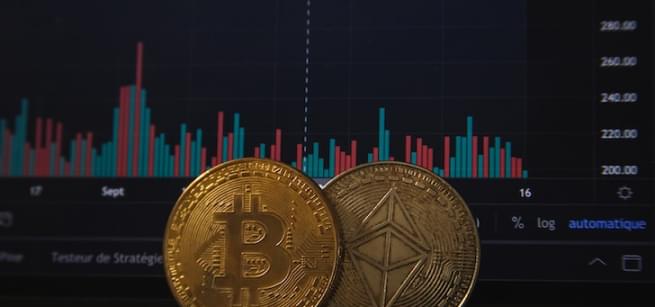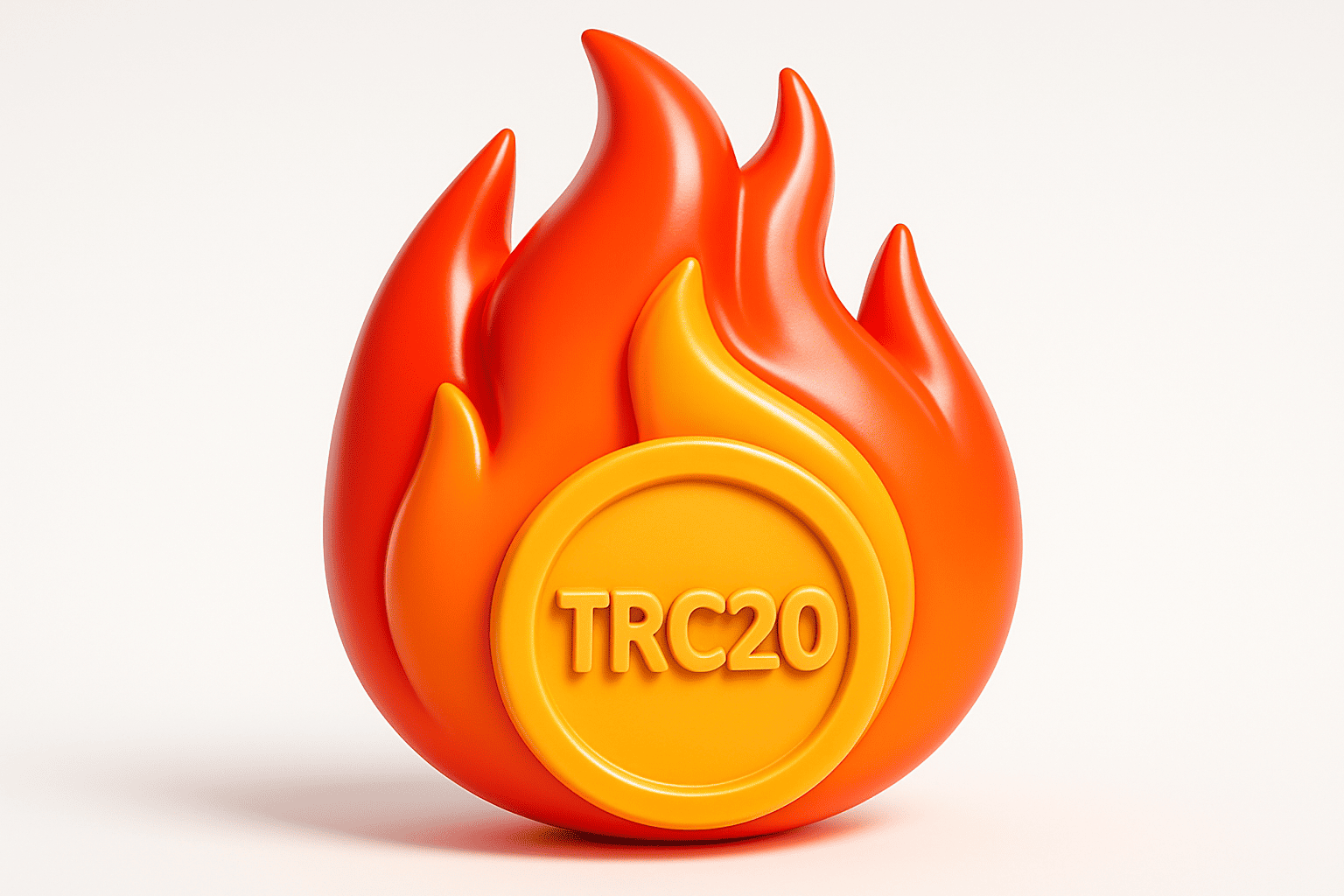Popular cryptos
Cartesi
Download app Ironwallet and get tool for making transaction without network fee
About Cartesi
Cartesi is an innovative layer 2 solution known as an optimistic rollup, designed to tackle the challenges of scalability and elevated transaction fees prevalent in blockchain networks, thereby revolutionizing the development of smart contracts and decentralized applications (dApps). Essentially, Cartesi doesn’t operate directly on the blockchain’s foundational layer but instead exists atop it. This positioning allows the smart contracts managed by Cartesi to benefit from enhanced scalability without sacrificing the security guaranteed by the underlying blockchain.
The platform enables dApps and smart contracts to remain confirmable on the base blockchain, by externalizing the intricate computations that typically lead to steep transaction costs. This approach grants users the capacity to execute scalable smart contracts and dApps that are developed using familiar software stacks, enhancing usability and accessibility in the blockchain ecosystem.
What Problems Cartesi Solves
As blockchain technology gains wider acceptance, some networks are experiencing difficulties with scaling, leading to congested networks and elevated fees for transactions. Cartesi offers a unique approach to addressing these challenges, beyond the traditional Layer 2 solutions such as rollups and sidechains. Here’s how Cartesi stands out:
- Blockchain Neutrality: Cartesi’s framework for developing dApps is versatile, supporting integration with various blockchain environments, including Ethereum and the Injective Protocol, to name a few.
- Hybrid Infrastructure: By combining elements of both on-chain and off-chain processing, Cartesi provides dApp creators with greater adaptability in their development processes.
- Developer-Friendly Environment: One of Cartesi’s distinguishing features is its compatibility with conventional programming languages, like Python, enabling developers to craft smart contracts in environments they are already proficient in.
The Cartesi token (CTSI) serves several functions within its Proof of Stake network. It’s designed to motivate node operators to participate honestly in the ecosystem, in addition to being used for staking purposes and covering the costs of transactions within the Cartesi system.
How Does Cartesi Work?
Cartesi enhances the blockchain development ecosystem by integrating a mix of on-chain and off-chain processes for a more efficient workflow.
Cartesi Machine and Noether: Cartesi minimizes the blockchain’s load by utilizing off-chain elements extensively. The Cartesi Machine, a virtual machine based on Linux and operated by Cartesi nodes, handles the bulk of dApp computations off the main blockchain. This setup enables developers to use popular programming languages, thanks to the Linux environment. Noether, Cartesi’s sidechain, acts as a temporary data storage, holding data that’s needed briefly, which optimizes blockchain space and efficiency by eliminating short-term data once it’s no longer necessary.
On-chain Elements: The status and operation of Cartesi Machines and their dApps are secured on the blockchain with a cryptographic hash, encapsulating the off-chain activities’ start and end states. This method ensures the off-chain operations’ integrity and transparency. Cartesi utilizes a specialized form of optimistic rollups for blockchain interaction, conducting transactions off-chain while recording transaction data on the main blockchain. This strategy maintains the decentralized and verifiable nature of dApps and enhances the overall scalability of Cartesi’s network.
The CTSI Token
CTSI is the native token that powers the Cartesi network. It serves several key functions:
- Staking/Incentives: CTSI allows participants to stake tokens to become Verification Nodes that run computations and verify results. Staking provides incentives for nodes to behave honestly.
- Payment: CTSI is used as a means of payment to compensate Verification Nodes for their work. Developers pay CTSI to access off-chain computing resources.
- Governance: CTSI holders can participate in governance processes and vote on network upgrades and development funds allocation.
By aligning incentives around the CTSI token, Cartesi ensures that participants act in ways that benefit the network as a whole rather than behave adversely for individual gain. The tokenomics are designed to facilitate the growth of the ecosystem.
Cartesi use cases
Cartesi aims to unlock an expansive realm of possibilities for innovative developers, facilitating access to a vast and novel design environment. This platform embraces the wealth of pre-existing code libraries, diverse programming languages, and the breadth of open-source tools. By doing so, it paves the way for the creation of complex and computationally demanding decentralized applications (DApps) without the necessity for developers to continuously develop new conceptual frameworks. Cartesi further empowers developers by allowing them to refine the specific functionalities of DApps, liberating them from the complexities and constraints associated with the blockchain and the Ethereum Virtual Machine (EVM) design considerations. Additionally, individuals holding Cartesi tokens (CTSI) have the opportunity to stake their tokens and engage in the platform’s governance, contributing to its community-led decision-making processes.
The Team Behind Cartesi
The Cartesi initiative is spearheaded by a team with impressive academic credentials in software engineering, programming, and mathematics, complemented by substantial practical experience in leading corporations, including Microsoft Research.
Launched in 2018, Cartesi was brought to life by Erick de Moura, Augusto Teixeira, Diego Nehab, and Colin Steil.
Erick de Moura brings two decades of expertise in the software realm to his role as a tech entrepreneur. His contributions span software architecture and technological solutions across diverse industries such as financial technology, health services, and online retail. As a pivotal figure in founding Cartesi, he currently leads as its CEO.
With a rich mathematical background, Augusto Teixeira, another founder, serves as the chief scientific officer while maintaining his professorship at Rio de Janeiro’s Institute of Pure and Applied Mathematics.
Diego Nehab, also a founding member, holds the position of chief technology officer within Cartesi. His academic path includes a stint as an associate professor at IMPA in Brazil and a PhD in computer graphics from Princeton, showcasing a profound connection to computing.
Lastly, Colin Steil, part of the founding quartet, contributes a business-focused perspective as the chief operating officer, rounding out the diverse expertise at the helm of Cartesi.





















